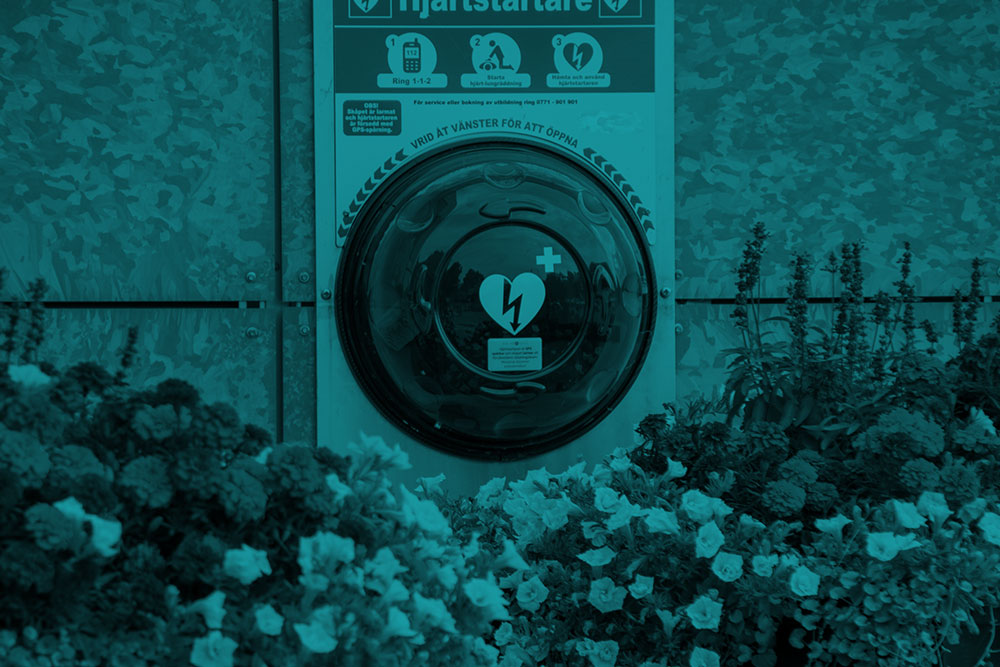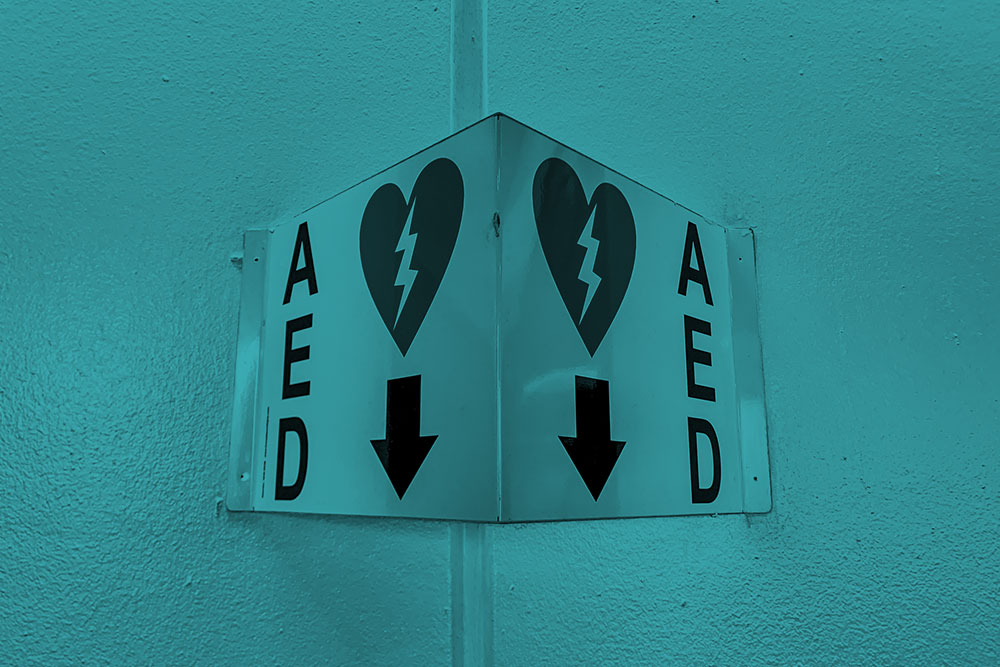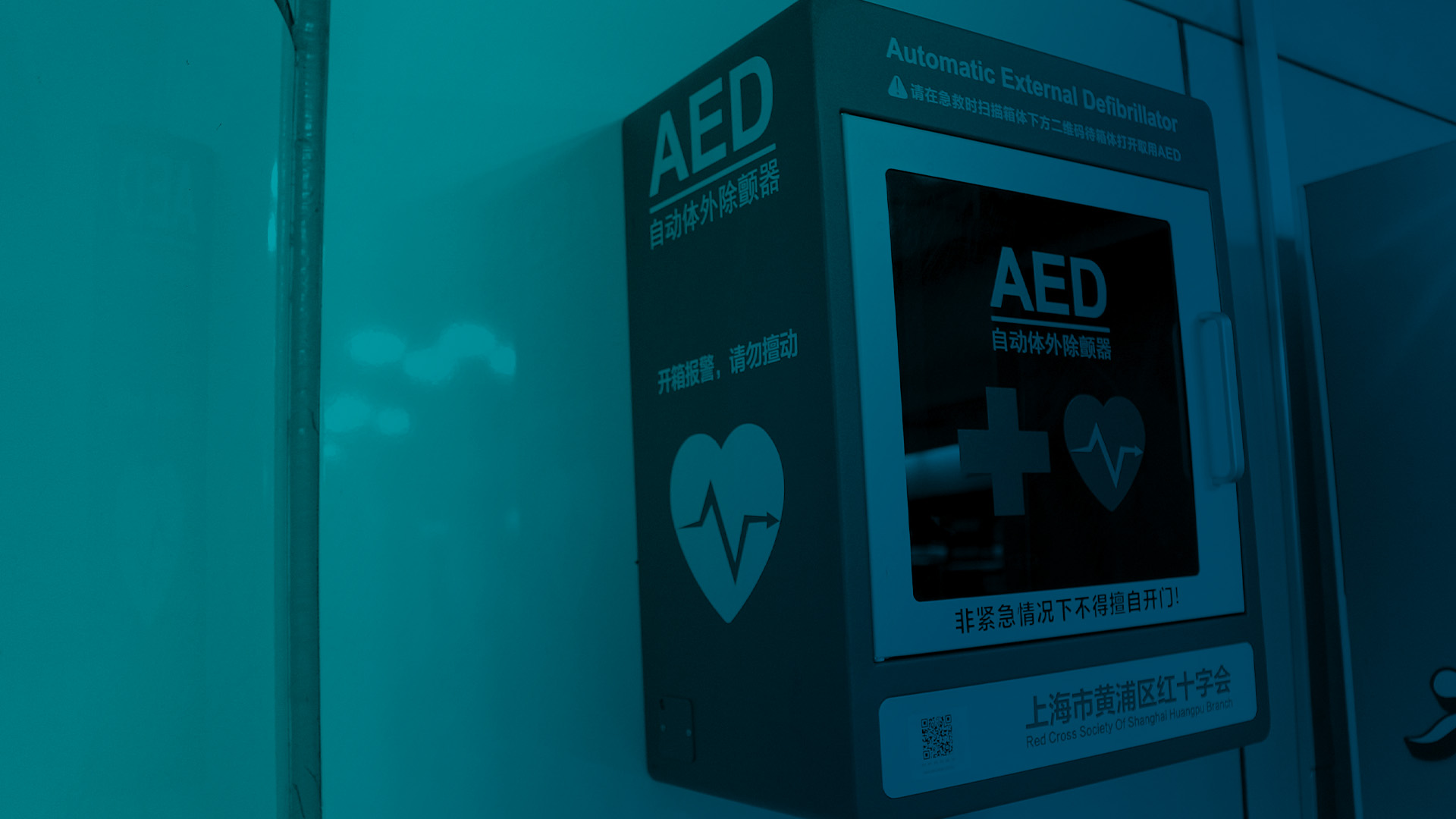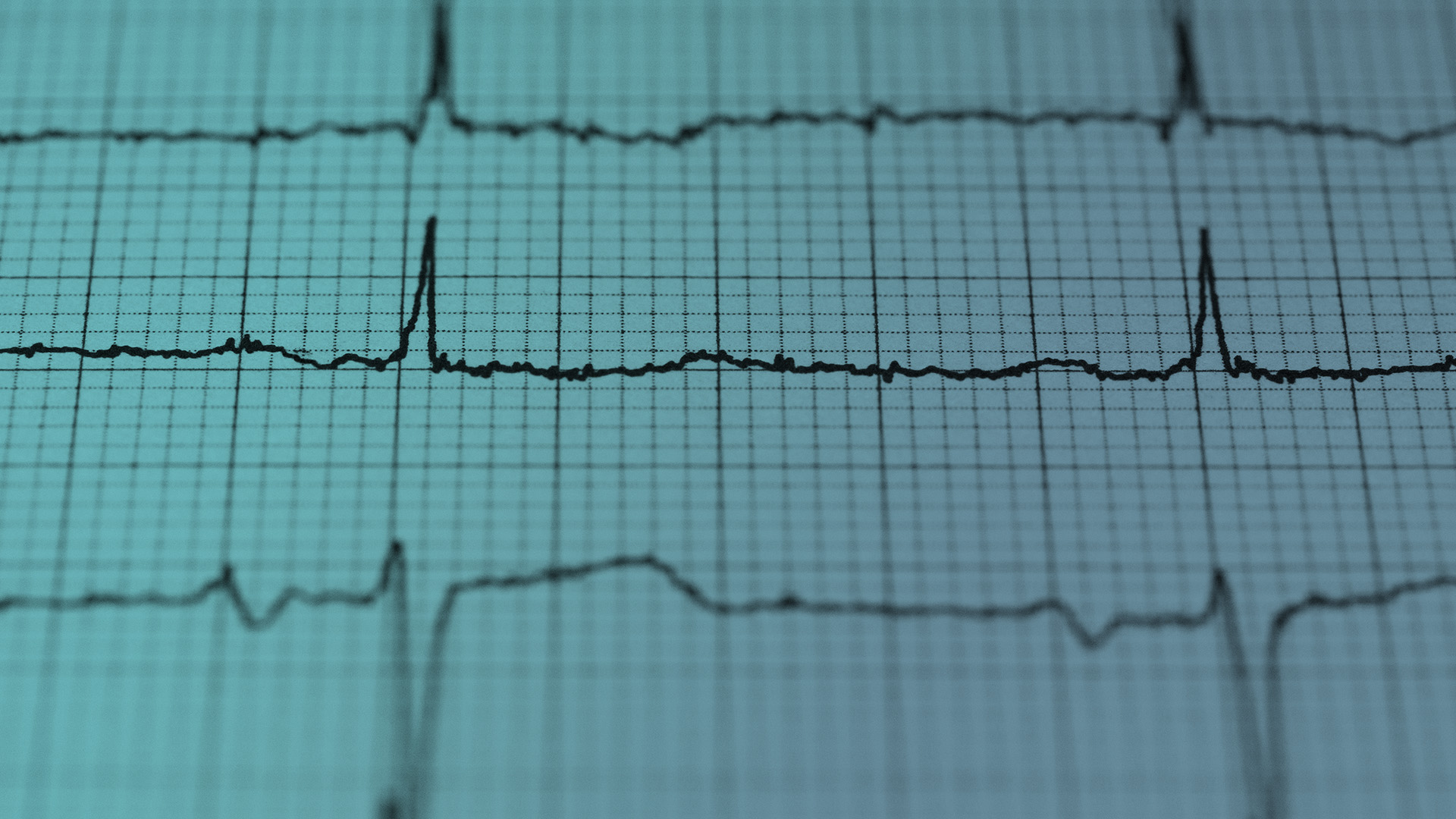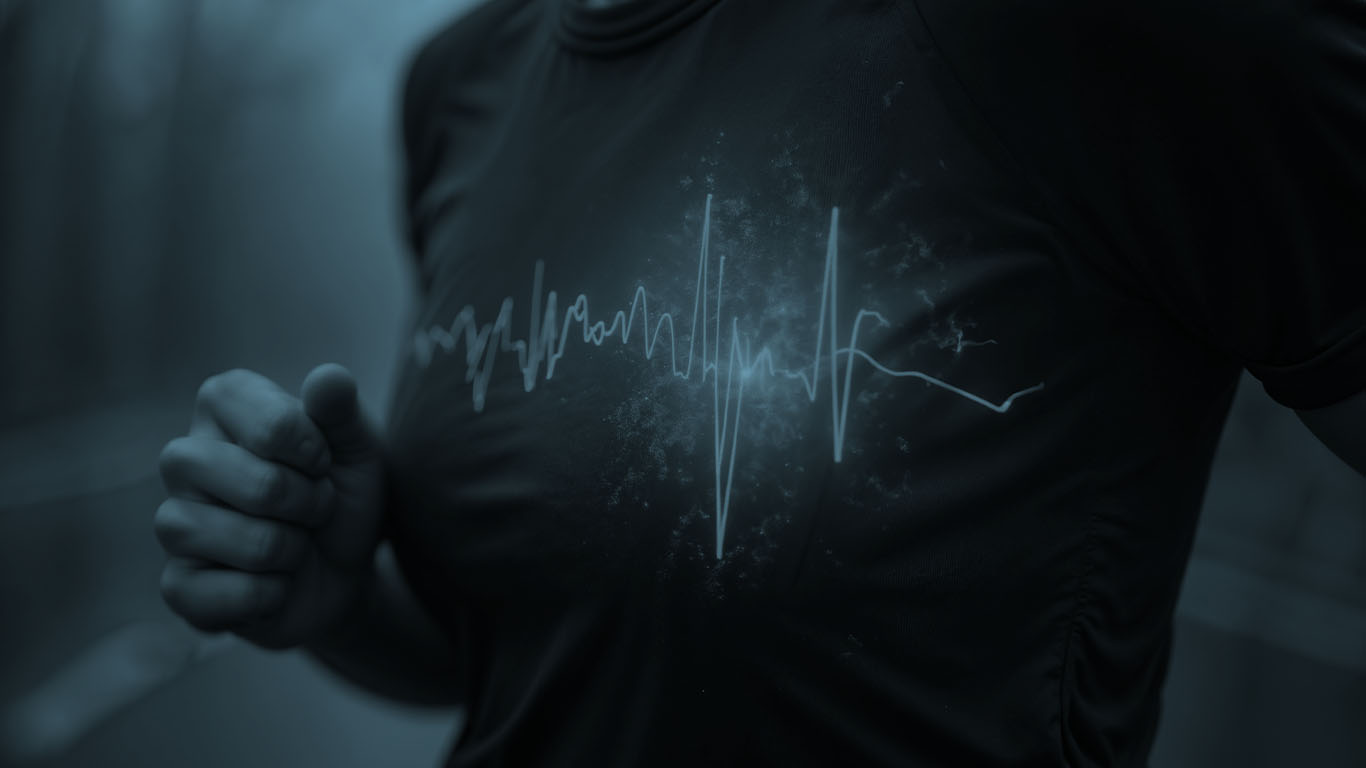Abstract
Purpose: This scoping review uniquely aims to map the current state of the literature on the applications of wearable sensors in people with or at risk of developing upper extremity musculoskeletal (UE-MSK) conditions, considering that MSK conditions or disorders have the highest rate of prevalence among other types of conditions or disorders that contribute to the need for rehabilitation services.
Materials and methods: The preferred reporting items for systematic reviews and meta-analysis (PRISMA) extension for scoping reviews guideline was followed in this scoping review. Two independent authors conducted a systematic search of four databases, including PubMed, Embase, Scopus, and IEEEXplore. We included studies that have applied wearable sensors on people with or at risk of developing UE-MSK condition published after 2010. We extracted study designs, aims, number of participants, sensor placement locations, sensor types, and number, and outcome(s) of interest from the included studies. The overall findings of our scoping review are presented in tables and diagrams to map an overview of the existing applications.
Results: The final review encompassed 80 studies categorized into clinical population (31 studies), workers’ population (31 studies), and general wearable design/performance studies (18 studies). Most were observational, with 2 RCTs in workers’ studies. Clinical studies focused on UE-MSK conditions like rotator cuff tear and arthritis. Workers’ studies involved industrial workers, surgeons, farmers, and at-risk healthy individuals. Wearable sensors were utilized for objective motion assessment, home-based rehabilitation monitoring, daily activity recording, physical risk characterization, and ergonomic assessments. IMU sensors were prevalent in designs (84%), with a minority including sEMG sensors (16%). Assessment applications dominated (80%), while treatment-focused studies constituted 20%. Home-based applicability was noted in 21% of the studies.
Conclusion: Wearable sensor technologies have been increasingly applied to the health care field. These applications include clinical assessments, home-based treatments of MSK disorders, and monitoring of workers’ population in non-standardized areas such as work environments. Assessment-focused studies predominate over treatment studies. Additionally, wearable sensor designs predominantly use IMU sensors, with a subset of studies incorporating sEMG and other sensor types in wearable platforms to capture muscle activity and inertial data for the assessment or rehabilitation of MSK conditions.
Full article;
Applications of wearable sensors in upper extremity MSK conditions: a scoping review – PubMed


